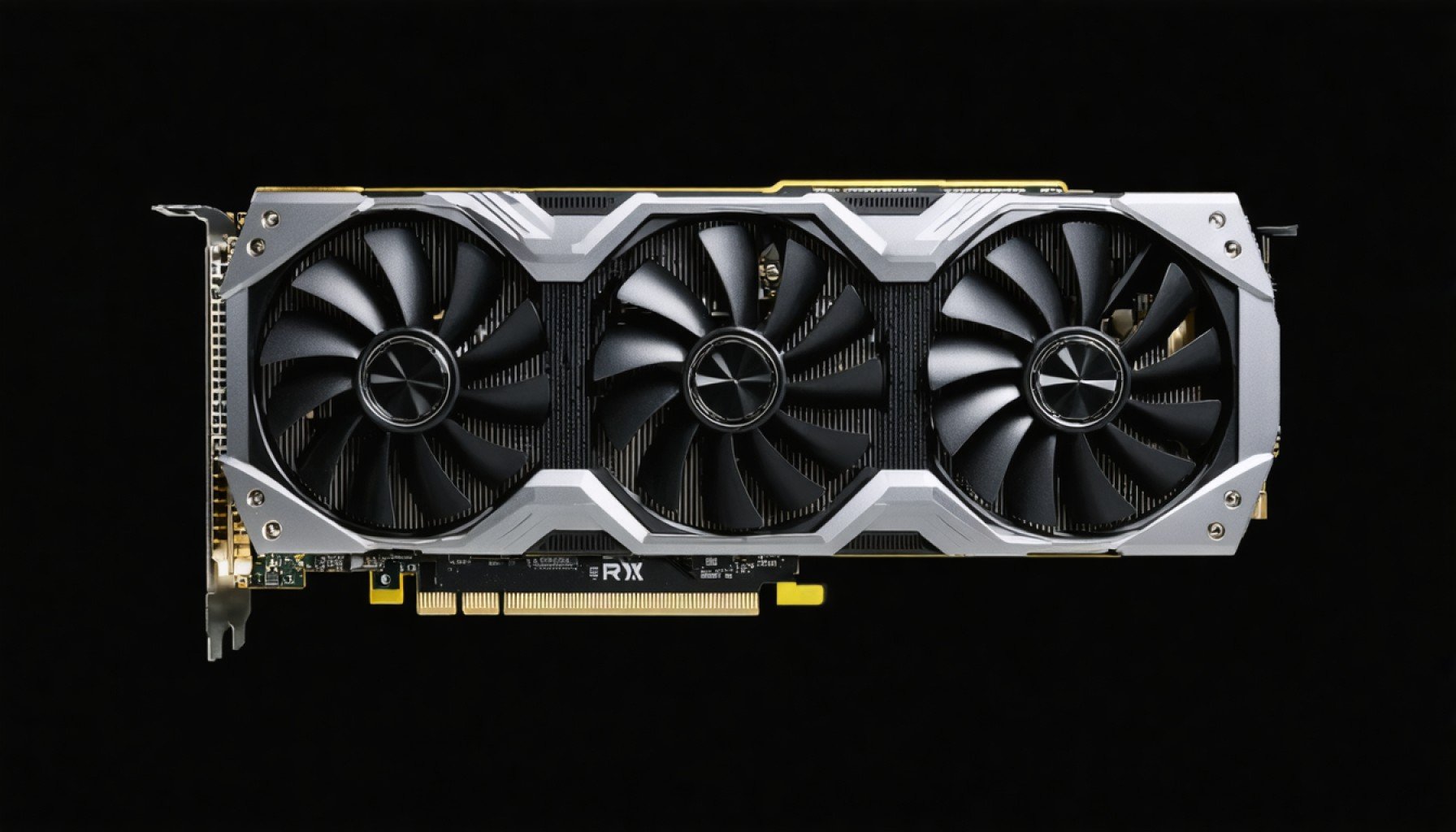- The release of NVIDIA’s RTX 50 series, including the RTX 5070 and RTX 5060, faces delays due to performance bugs and logistical issues.
- Supply chain disruptions, including earthquakes in Taiwan, have impacted wafer availability, increasing production challenges.
- High prices further deter buyers and may exacerbate scarcity issues for the RTX 50 series.
- Delays may advantage competitors like AMD, potentially allowing them to gain market share from NVIDIA.
- Consumers are advised to exercise patience as NVIDIA navigates these challenges in the volatile tech landscape.
The anticipation around NVIDIA’s next wave of graphics cards just hit a snag. Plans for releasing the flashy new RTX 50 series, notably the RTX 5070 and RTX 5060, have tangled up in unexpected setbacks. Performance bugs and logistical hiccups have pushed back their arrival, casting a shadow over enthusiasts eagerly awaiting the upgrade.
Instead of riding a wave of triumphant fanfare, these new GPUs seem to have stumbled even before reaching store shelves. Handlers whisper about bugs that refuse to budge, causing delays that stretch into weeks. The RTX 5070, which was supposed to make its grand entry earlier this month, now lurks behind the curtain, perhaps until the closing days of March. As for the RTX 5060, rumors of similar struggles loom large, casting doubt over its timely debut.
Beyond technical hitches, Nvidia grapples with unforeseen disruptions. Earthquakes in Taiwan have shaken the supply chain, thinning out the wafer availability, which is crucial for production. Throw in high prices that are already discouraging buyers, and the RTX 50 series appears poised to repeat the story of scarcity that has become all too familiar to gaming fans and tech enthusiasts alike.
Amid all this chaos, NVIDIA’s challenges might inadvertently boost its competitors, already waiting in the wings to capture disappointed gamers. By delaying these releases and battling inventory shortages, NVIDIA risks handing AMD an unexpected lead in the GPU race. This situation underscores a simple takeaway: patience and caution may be the best strategies for those looking to upgrade. NVIDIA’s RTX 50 series journey highlights the volatile nexus of tech innovation and real-world challenges.
NVIDIA RTX 50 Series Delays: What This Means for Gamers and the Industry
Overview of the NVIDIA RTX 50 Series Situation
NVIDIA’s much-anticipated RTX 50 series, including the RTX 5070 and RTX 5060, has hit several roadblocks, delaying their release. Performance issues and logistical challenges, magnified by interruptions in the supply chain due to unexpected events like Taiwan’s earthquakes, are impacting the launch timeline. Meanwhile, the high prices of these GPUs may deter potential buyers, adding to the narrative of scarcity that has plagued the GPU market in recent years.
Real-World Use Cases and Market Impact
GPU Demand in Gaming and Beyond
NVIDIA’s GPUs are crucial not just for gaming, but also for applications in AI, data analysis, and deep learning. The delay of the RTX 50 series GPUs means that high-end gaming, VR applications, and even professional rendering tasks that depend on NVIDIA’s advanced ray tracing and AI capabilities will be postponed.
Market Forecast and Trends
The GPU market remains highly volatile with continuous competition between NVIDIA and AMD. While NVIDIA delays can temporarily favor AMD, analysts forecast increased demand across industries, likely maintaining pressure on both companies to deliver cutting-edge technology. According to a recent report by Grand View Research, the global GPU market size is expected to grow at a compound annual growth rate (CAGR) of 13.2% from 2021 to 2028.
Review and Comparisons
Comparisons with AMD Products
AMD has been gaining ground with its Radeon RX series, which competes closely with NVIDIA’s offerings. The delay in NVIDIA’s RTX 50 series could give AMD a head start in capturing market share, especially if AMD can provide better pricing and availability. Comparisons will heavily focus on performance metrics like ray tracing capabilities, power efficiency, and price-to-performance ratio.
Controversies and Limitations
Controversies in Pricing and Ethics
There are growing concerns over NVIDIA’s pricing strategy for high-end graphics cards, especially amid chip shortages. High prices combined with limited availability could lead to ethical questions about accessibility for average consumers and the potential encouragement of a scalper market.
Features, Specs, and Pricing
Although detailed specifications and official prices have not been released due to these delays, expectations include improved ray tracing capabilities, increased VRAM, and enhanced power efficiency. The anticipated price range for these cards suggests they will target mid to high-end users.
Security and Sustainability
NVIDIA’s Commitment to Sustainable Production
Though not often discussed, NVIDIA has been working on improving the sustainability of their production processes. This includes efforts to manage energy resources more effectively and reduce waste in their manufacturing lines, which might be challenged due to recent supply chain disruptions.
Insights and Predictions
Looking Ahead: What to Expect from NVIDIA
Despite current setbacks, NVIDIA is likely to overcome these initial hurdles, bolstered by their strong R&D capabilities. However, the delays could teach them crucial lessons in supply chain resilience and adaptive pricing strategies. Gamers and industry professionals watching this space should expect more robust and user-focused products from NVIDIA in the years to come.
Pros and Cons Overview
Pros:
– Cutting-edge technology with improved graphics and processing capabilities.
– Expected performance boost for gaming, AI, and professional applications.
Cons:
– Delays and potential scarcity.
– High prices may deter average consumers.
– Possible missed market opportunities giving competitors a chance to lead.
Quick Tips for Consumers
– Patience Pays Off: Holding off on immediate purchases could lead to better deals or options.
– Explore Alternatives: Consider examining AMD’s offerings or looking at previous-gen NVIDIA cards.
– Keep an Eye on Prices: Track potential price drops as launch dates stabilize and supply improves.
For more information on NVIDIA and their latest developments, consider visiting the official nvidia.com website.















